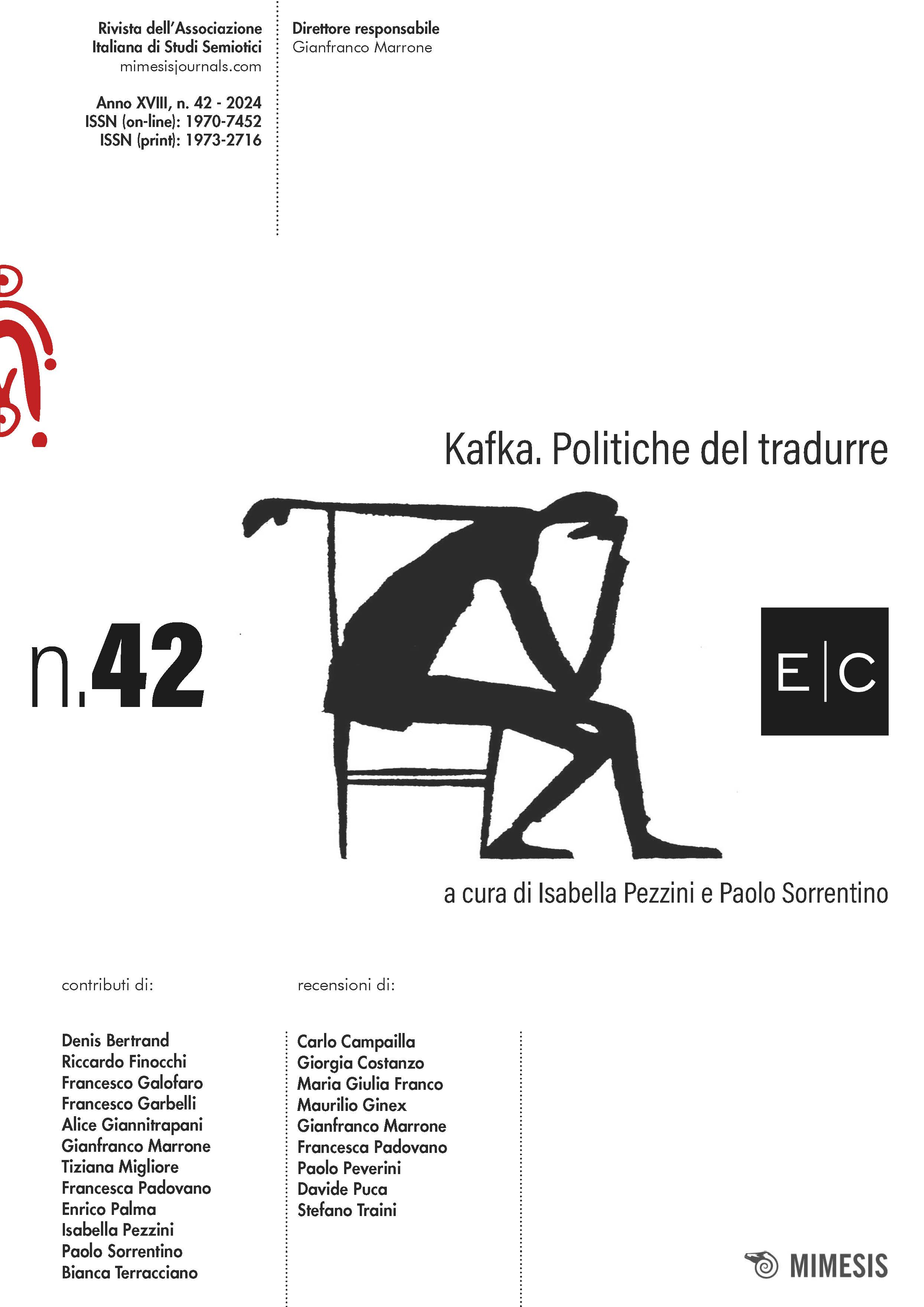Kafka reverso: distorting the naturalized
Abstract
Kafka has the great ability to turn the world upside down, one could say. His most famous story, The Metamorphosis, proposes a reversal of the bodily and psychological vision between the human and the animal, Gregor Samsa lives and sees the world from an animal perspective. Kafka translates the human into the animal, assumes the animal point of view, perhaps in a bizarre way of translating, he seeks in the animal not only the other from himself but also the other in the self. But Kafka's sense of the reverse takes on its most lucid definition in the story The Silence of the Sirens: here there is a game of reversals aimed no longer at ontological/bodily proprioception but at the possibilities of hearing, at the primordial form of sense conveyed by the sounds emitted by the phonatory apparatus. In this story Kafka finds a way to show us, through a reversal between sound (in the sublime form of song) and silence (deafening because misunderstood), the rustle of language (Barthes). Silence, phonetic emptiness, as a reverse of the fullest of articulatory sounds (singing) reverse natural speech.



